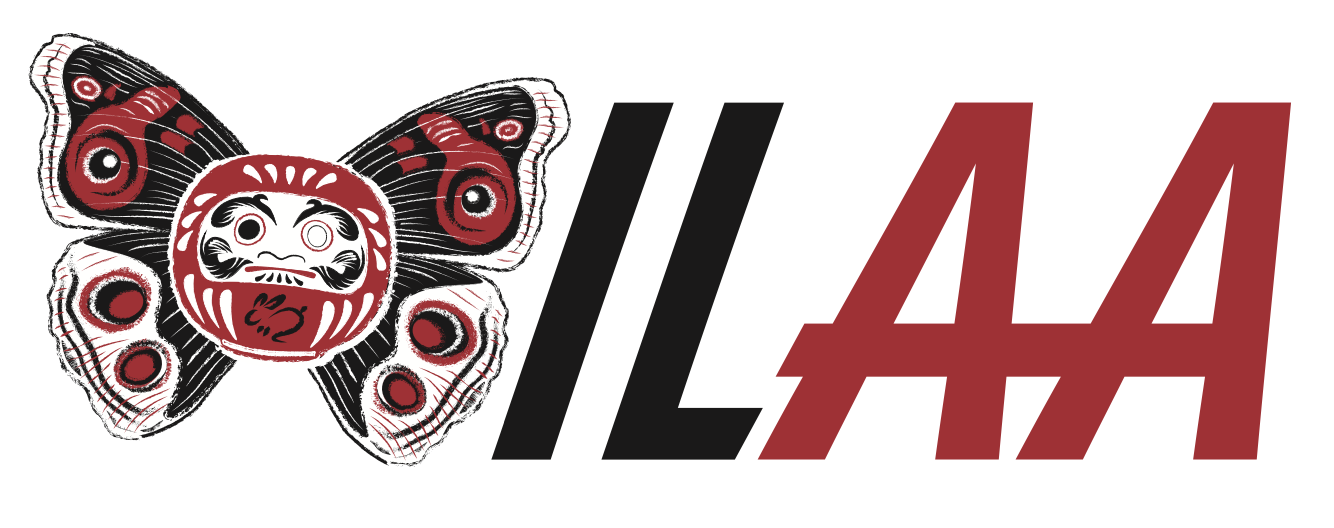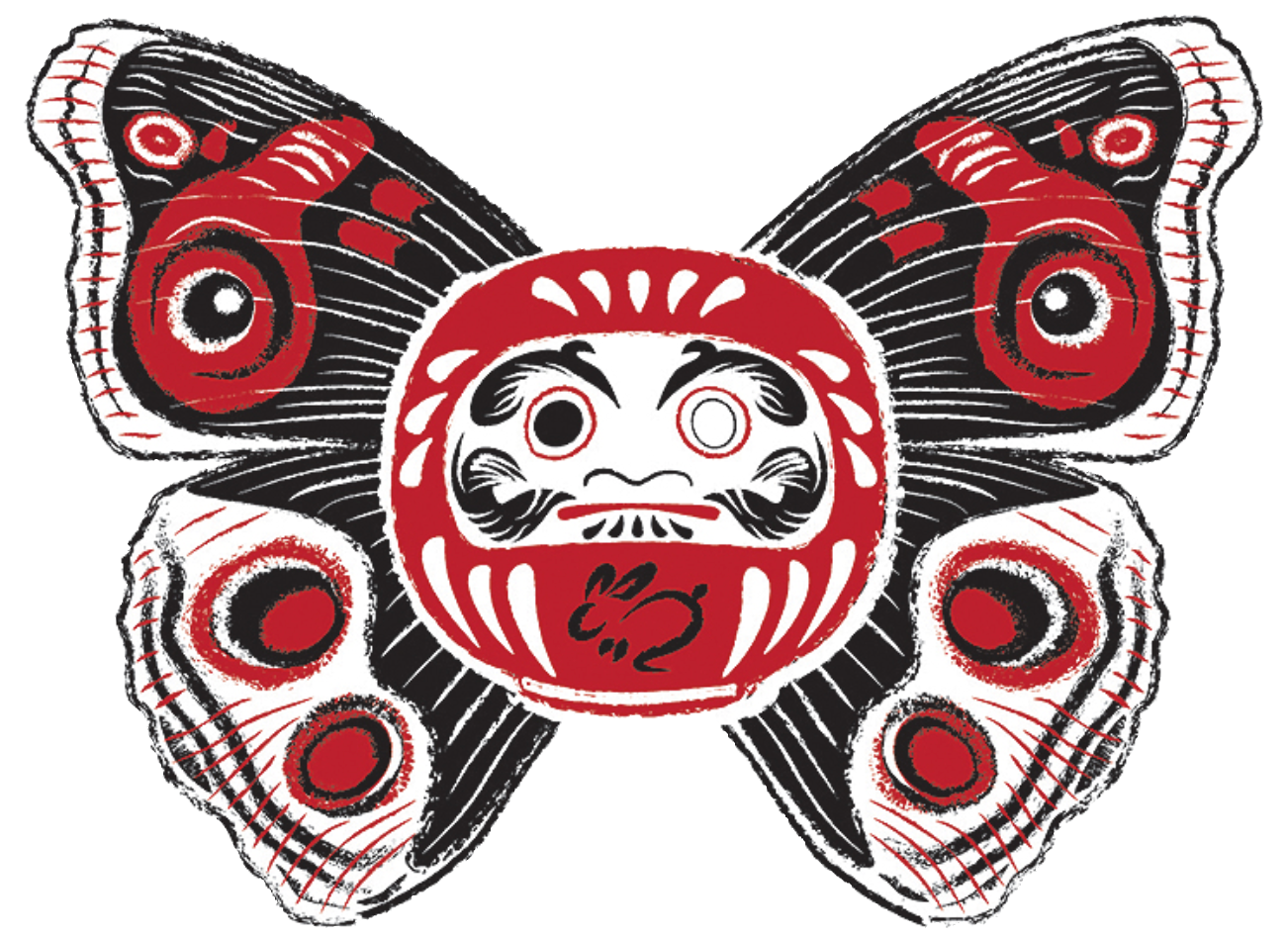
Human-Centered School Transformation Model
Human-Centered School
Transformation Model
When I am asked to describe the leadership model I believe in the most, I turn to what I believe to be the most complete model: The Human-Centered School Transformation Model. It is an approach that values people first and foremost. It also accepts that we all get better when we are continuously learning. It is a model that organizations don’t easily follow because it forces leaders to share leadership, which is the opposite of traditional top-down leadership approaches. In fact, in conversations I’ve had with leaders in other fields, I am convinced it would be a powerful model for business leaders, non-profit executives, hospital administrators, and at every level of local, state, and national government.
The Human-Centered School Transformation Model has three entry points and all lead to a place where everyone is honored and valued, where everyone plays an important part – a Culture of Deep Learning. A culture of deep learning is a different way to think about leadership. It asks you to think about the WHY, the WHAT, and the HOW of leading in a different way. Those three entry points are known as: Collective Aspiration, Nested Patterns, and Leaders’ Learning Work.
Collective Aspiration makes sure everyone in the organization is on the same page and that everyone is working toward the same goal. If we all aspire for the same thing and share the same understanding of what success looks like, then it is more likely we will succeed. Collective Aspiration is the heart of everything that is done. When someone is unclear as to why a decision has been made or an approach is being considered, Collective Aspiration serves as the WHY.
Nested Patterns are the behaviors of everyone in the organization and describe the behaviors that are valued. Nested Patterns include people working together and collaborating. They include sharing leadership responsibilities and emphasizing the importance of creativity, courage, empathy, and compassion. Nested Patterns are the trailhead that challenges individuals to be critical about the way they’ve always seen the world (growth mindset). In The Human-Centered School Transformation Model, Nested Patterns is the muscle of the work. Just as a musician or an athlete practices and practices so their motions become automatic, leaders who learn these Nested Patterns understand WHAT it means to lead. Nested Patterns are important when things are going well, and they are essential when things are not going so well.
Leaders’ Learning Work is where core processes and practices can be found. It is where we are reminded of the fundamentals of leadership. For one, that leadership is about showing others you’re willing to admit you’ve made a mistake and then showing how you’ve learned from those mistakes. It is also about using everyone’s ideas to design a better way of doing things, and adjusting those systems, when necessary. And it is being able to communicate ideas in a way that everyone can understand. Leaders’ Learning Work is the HOW - it is the brains of the work.
Collective Aspiration, Nested Patterns, and Leaders’ Learning Work each lead us to a Culture of Deep Learning.
USING THE POWER OF LANGUAGE
Language of vision
Framing
Metaphor
Story
Language of exploration
Scenario-building
Appreciative Inquiry
Language of self-knowing
Personal
Narrative
Reflection
Language of capacity building
Coaching
Supervisory Conversations
Negotiating Conflict


